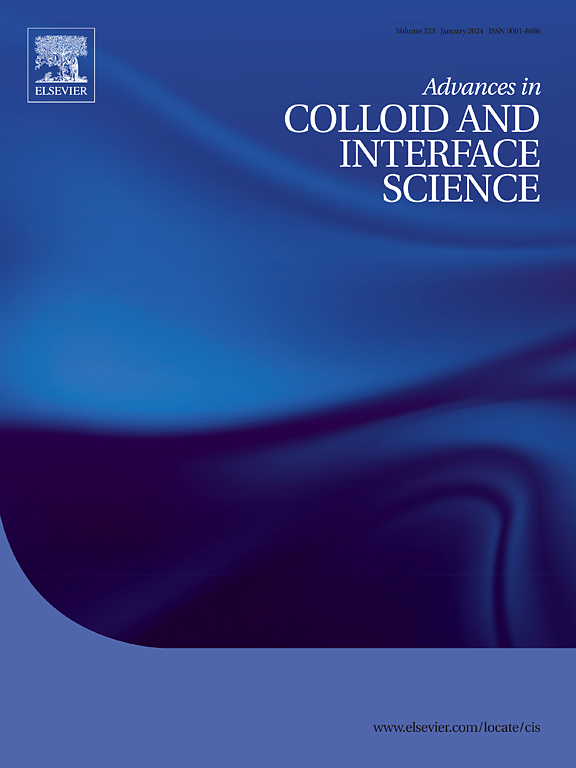Traceability, authentication, and quality control of food-grade lavender essential oil: A comprehensive review
IF 15.9
1区 化学
Q1 CHEMISTRY, PHYSICAL
引用次数: 0
Abstract
The global lavender essential oil (LaEO) market is projected to grow at a compound annual growth rate (CAGR) of 6.3 %-6.8 % from 2024 to 2033. Valued at USD 138.2 million in 2024, the market is expected to reach USD 267.2 million by 2034. This growth is primarily driven by rising consumer demand for organic products, which has heightened interest in high-quality, non-toxic essential oils (EOs). Consequently, Generally Recognized as Safe (GRAS)-classified EOs are gaining attention as potential natural alternatives to synthetic food additives. However, due to its widespread use, LaEO is particularly susceptible to adulteration, often with Lavandin intermedia EO. To address this issue, mass spectrometry, and chemometric techniques have emerged as effective tools for authenticating LaEO and determining its origin. This review, therefore, investigates various quality indices, authentication techniques, and methods employed for LaEO traceability, with a specific focus on non-destructive approaches. Furthermore, LaEO's unique flavors and health benefits as food additives underscore the importance of maintaining stringent quality standards to ensure both product integrity and consumer health. Notably, NMR-based chemometric analysis, combined with GC/MS, is highlighted as an effective approach to detect adulteration, shaping the future role of LaEO in the food industry. Ultimately, ensuring the stringent quality of LaEO remains critical to its continued success in the market.

食品级薰衣草精油的可追溯性、认证和质量控制综述
从2024年到2033年,全球薰衣草精油(LaEO)市场预计将以6.3% ~ 6.8%的复合年增长率(CAGR)增长。2024年的市场价值为1.382亿美元,预计到2034年将达到2.672亿美元。这一增长主要是由于消费者对有机产品的需求不断增长,这提高了人们对高质量、无毒精油(EOs)的兴趣。因此,公认安全(GRAS)分类的EOs作为合成食品添加剂的潜在天然替代品正受到关注。然而,由于其广泛使用,LaEO特别容易掺假,通常与薰衣草中间的EO。为了解决这个问题,质谱和化学计量技术已经成为验证LaEO和确定其来源的有效工具。因此,本综述研究了用于LaEO可追溯性的各种质量指标、认证技术和方法,并特别关注非破坏性方法。此外,LaEO作为食品添加剂的独特风味和健康益处强调了保持严格的质量标准以确保产品完整性和消费者健康的重要性。值得注意的是,基于核磁共振的化学计量分析,结合GC/MS,被强调为检测掺假的有效方法,塑造了LaEO在食品工业中的未来作用。最终,确保LaEO的严格质量仍然是其在市场上持续成功的关键。
本文章由计算机程序翻译,如有差异,请以英文原文为准。
求助全文
约1分钟内获得全文
求助全文
来源期刊
CiteScore
28.50
自引率
2.60%
发文量
175
审稿时长
31 days
期刊介绍:
"Advances in Colloid and Interface Science" is an international journal that focuses on experimental and theoretical developments in interfacial and colloidal phenomena. The journal covers a wide range of disciplines including biology, chemistry, physics, and technology.
The journal accepts review articles on any topic within the scope of colloid and interface science. These articles should provide an in-depth analysis of the subject matter, offering a critical review of the current state of the field. The author's informed opinion on the topic should also be included. The manuscript should compare and contrast ideas found in the reviewed literature and address the limitations of these ideas.
Typically, the articles published in this journal are written by recognized experts in the field.

 求助内容:
求助内容: 应助结果提醒方式:
应助结果提醒方式:


